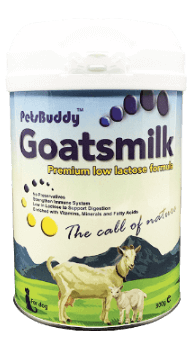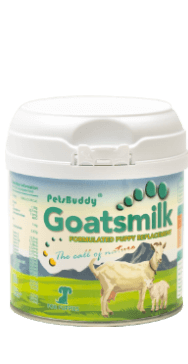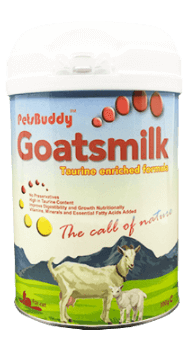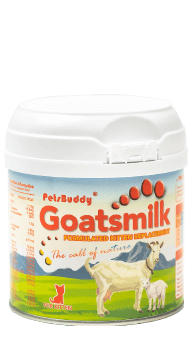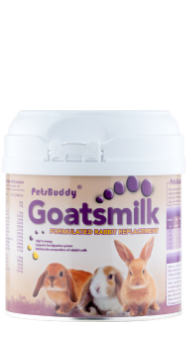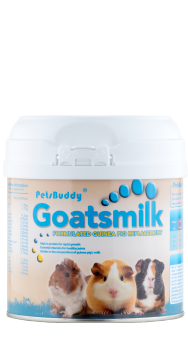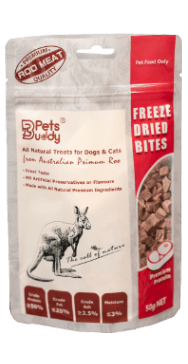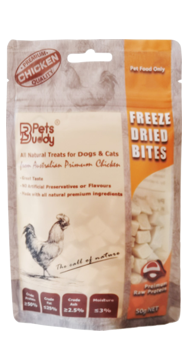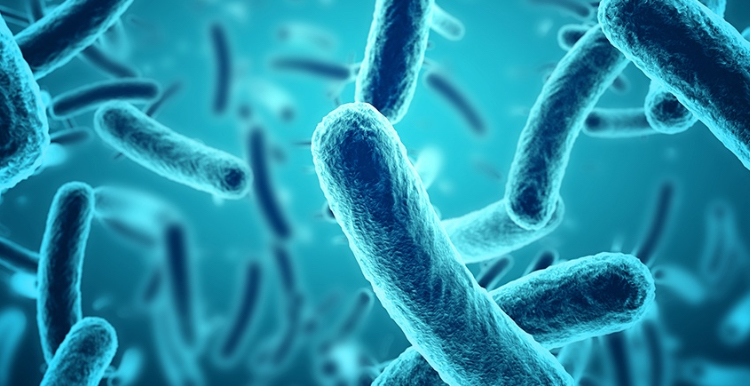A wide array of microbes dwell in the crevices of dogs’ and cats’ intestines, forming complex communities called the microbiome.
A wide array of microbes dwell in the crevices of dogs’ and cats’ intestines, forming complex communities called the microbiome. When it’s working well, the pet microbiome helps with digestion and influences a wide array of seemingly unrelated aspects of pet health. When it isn’t, dogs and cats may suffer inflammatory bowel diseases, inefficient digestion or other problems.
To understand what makes up a healthy pet gut microbiome, researchers with AnimalBiome analyzed stool samples from more than 4,000 dogs and cats over five years. In their analysis of thousands of samples, the researchers identified certain bacterial groups that made up a core healthy dog or cat gut microbiome. In dogs, 15 genera made up the core, while healthy cat guts hosted 17. AnimalBiome presented the results of the five-year research project at the ACVIM Forum 2020 in June.
Of the dog microbiome core group, varieties of Blautia, Bacteroides, Fusobacterium, and Sutterella were the most frequent. Healthy cat microbiomes held many of the same bacteria groups, along with others, including Blautia, Bacteroides, Collinsella, Sutterella and Lachnoclostridium.
Digestive health in dogs and cats
Like awareness of other aspects of nutrition, the importance of the microbial community living inside pet’s intestines and other organs has grown in both the human and pet food worlds. However, the complexity of the microbiome, not to mention its location, makes it difficult to observe and understand.
